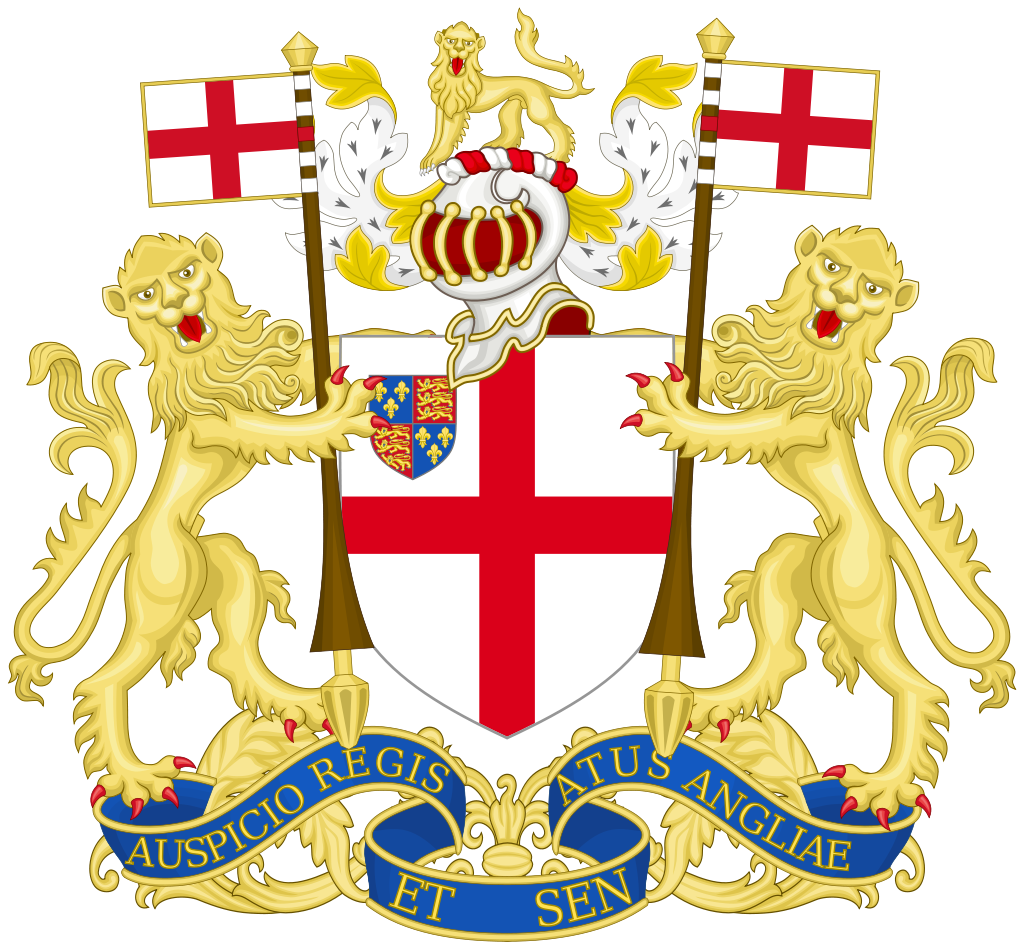Lite
It All Began With A 'Firman'

A glimpse from the early days of the British East India Company, from a time when the British were only beginning to clutch the subcontinent in the grip of colonialism.
The early decades of 18th century were an indicator of what was to follow in the destiny of India. Aurangazeb had been dead for some time, and his successors were immersed in unending conflicts. Emperors were enthroned only to be thrown out or murdered few months into their reign.
Around 1710-1720 various Nawabs had begun to take over the Mughal territories and the Marathas were preparing to march north. The English East India Company too were in the fray. By now they had established trading posts along the coast and were looking for a way to secure their interests across India. (Territorial acquisitions were still a few decades away.)
The Company decided to seek an “imperial firman” (an edict or firman) confirming privileges and concessions granted to them so they could carry on with their activities without being harassed by the sundry Nawabs and local nobles. A party was despatched to petition the Mughal emperor Farrukh Siyar with huge load of gifts. We reproduce here an account of this party’s journey.
John Surman, the conscientious but unexciting factor who had been delegated to lead the mission, wanted to be sure of a favourable reception in Delhi and to that end protracted negotiations were opened between Khwaja Sarhad, his Armenian interpreter and second in command, and the Khwaja’s rather dubious contacts at court. For his part, the Khwaja was profoundly worried about the mission’s security across 800 miles of disturbed and bandit-ridden country. As well as a contingent of Company troops and the detachment of imperial foot and horse, further guards were recruited and further sums disbursed to buy off likely adversaries.
Then there was the usual complication that any orders from the court in Delhi had to be supported by generous cash inducements before the local authorities would act on them; there was also the question of whether free carriage could be construed as applying to the several tons of piece goods and broadcloth which the mission was proposing to sell in Delhi in order to defray its costs; and there was the purely logistic complication of assembling such a vast caravan. Thus fully a year slipped by in Patna before in April 1715 the cavalcade finally took the high road for Upper India.
Carrying the present and the mission’s trade goods 160 bullock carts, each loaded with half a ton, creaked along in single file. Twenty-two more oxen hauled the cannon, also destined for the Emperor, while 1200 porters bent beneath an assortment of loads which included the mission’s chintz-lined tents and a selection of richly furnished palanquins. Amidst this concourse, ten hackeries, some fifteen camels and an assortment of horses and ponies jostled for road space. The troops, to a total of 600, patrolled the flanks and guarded front and rear. In all the caravan must have been fully a mile long; when in early May it reached the Ganges at Benares, the mission’s diary records four days of ‘ferrying over our goods’.
Excerpt from John Keay’s The Honourable Company.
Support Swarajya's 50 Ground Reports Project & Sponsor A Story
Every general election Swarajya does a 50 ground reports project.
Aimed only at serious readers and those who appreciate the nuances of political undercurrents, the project provides a sense of India's electoral landscape. As you know, these reports are produced after considerable investment of travel, time and effort on the ground.
This time too we've kicked off the project in style and have covered over 30 constituencies already. If you're someone who appreciates such work and have enjoyed our coverage please consider sponsoring a ground report for just Rs 2999 to Rs 19,999 - it goes a long way in helping us produce more quality reportage.
You can also back this project by becoming a subscriber for as little as Rs 999 - so do click on this links and choose a plan that suits you and back us.
Click below to contribute.
Latest